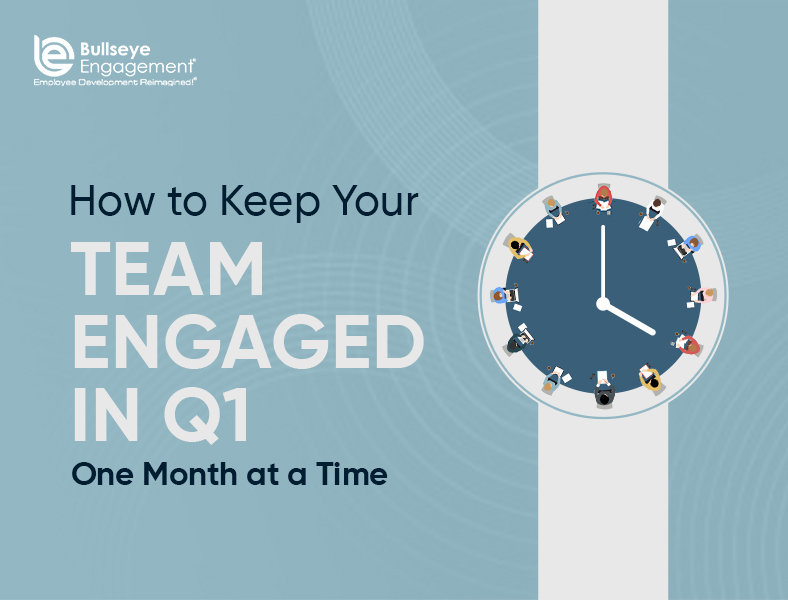Since the 1970s organizations have been using competencies to recruit job candidates and manage employees effectively. Competencies define “how” a job should be performed, or what an employee or manager needs to do to be successful in their role.
SHRM defines competency-based selection as the “process of evaluating candidates’ behavioral attributes, as well as their skills and knowledge, by using job profiles and structured interviews to determine their suitability for a position.”
Why Job Competencies Became Popular
Tracking and managing core competencies supports:
- Employee Development
- Employee Engagement
- Performance Management
- Succession Planning
- Compensation Planning
- Workforce Planning
- Internal Talent Search Activities
Competencies help leaders recruit candidates, make fair decisions about promotions, assign employees to projects based on their competencies, and facilitate meaningful conversations about growth and improvement opportunities (which often leads to more engaged employees). They are also key to effectively evaluating performance.
The highest performing organizations define core competencies for their employees. According to a 2015 Deloitte study, 89% of organizations with highly performing employees and leaders have job competencies defined for all roles.
How to Write and Document Competencies
Too often competencies are vaguely defined, which causes employees to fail to develop the appropriate behaviors associated with good performance. Avoid using a one-size-fits-all definition like “coaching others” to describe competencies.
The basic format of a well-written competency includes:
- The specific, observable component behaviors that lead to strength (sometimes called a “performance statement”)
- Separate behaviors for managerial/supervisory roles and subordinate roles, when applicable
Example of a competency:
- Competency: Flexibility
- Description: Is open to change and new information and adapts behavior or work methods in response to new information, changing conditions, or unexpected obstacles
- Key Actions/Behaviors/Performance Statement:
- Effectively deals with ambiguity
- Copes well and helps others deal with the ongoing demands of change; sees and shows others the benefits of change
- Finds alternative ways to reach goals or targets
Many organizations use a database of competencies that were created internally or sourced from a third party. Often there are a few basic competencies that all employees at an organization may be expected to possess (sometimes called “threshold competencies”) that align with company values and culture. In addition, each individual role has its own set of competencies aligned with the job description.
How to determine job competencies from scratch
- Ask employees to complete a job analysis questionnaire to obtain information about the skills and behaviors required to do their jobs effectively
- Using the questionnaire results and input from company leaders, create a competency-based job description
- Use these competencies to assess employee performance
How to Use Competencies for Employee and Organizational Development
Core competencies provide a framework for employees to build development plans and receive feedback from managers. At the organizational level, competencies also facilitate the implementation of learning and development programs.
Once again, competencies describe the “how” of performance plans and help employees understand the specific behaviors they must exhibit to achieve results.
Here is a simple framework to use job competencies for employee development:
- Step 1 – Define the core competencies important to executing the employee’s role effectively
- Step 2 – Choose 2-3 that will make the most impact on success within a defined period and communicate them to the employee(s). Tie the competencies to business strategy to provide a better understanding of how individual development fits into the bigger picture.
- Step 3 – Discuss the competencies and observable behaviors with the employee and agree that they will be used to evaluate performance
- Step 4 – After a given time period, the employee and manager should assess the selected competencies and discuss any differences in their respective assessments. Address any challenges the employee has in applying the competencies, and take action to address any issues.
At an organizational level, this development framework can help an organization establish more strategic career-planning systems. It also enables managers to help employees identify career paths for future-focused development that will benefit the individual and the firm.
Using Core Competencies for Succession Planning
Every organization needs to plan for the future. A competency management strategy can make it easier to fill key positions quickly and effectively when necessary.
Identifying competencies allows you to better predict which employees will become your “superstars.” It also enables leaders to discover talent gaps that may negatively impact business results.
Furthermore, competency management helps answer questions such as:
- Does our organization have the talent needed to sustain long-term growth and compete in the marketplace?
- What core leadership competencies are critical to success, but in short supply within our organization?
Summary
Tracking and managing well-defined competencies that are in line with business priorities and relevant to each employee’s role is a great way to align people strategies to business objectives.
Remember:
- Tie the competencies to your business strategy
- Focus on the behaviors rather than the tasks
- Integrate competencies into your talent management systems in ways that enhance their impact
__________________________________________________________________________
BullseyeEngagement’s Talent Development Platform makes it easy to track and manage competencies in one system and addresses every aspect of employee engagement.
Both employees and managers assess selected competencies, then a gap report displays differences in their respective assessments. Managers can also assign learning and development courses from within the module and enables employees to model their career paths.
Click here to learn more about Bullseye’s Competency Management solutions.

















